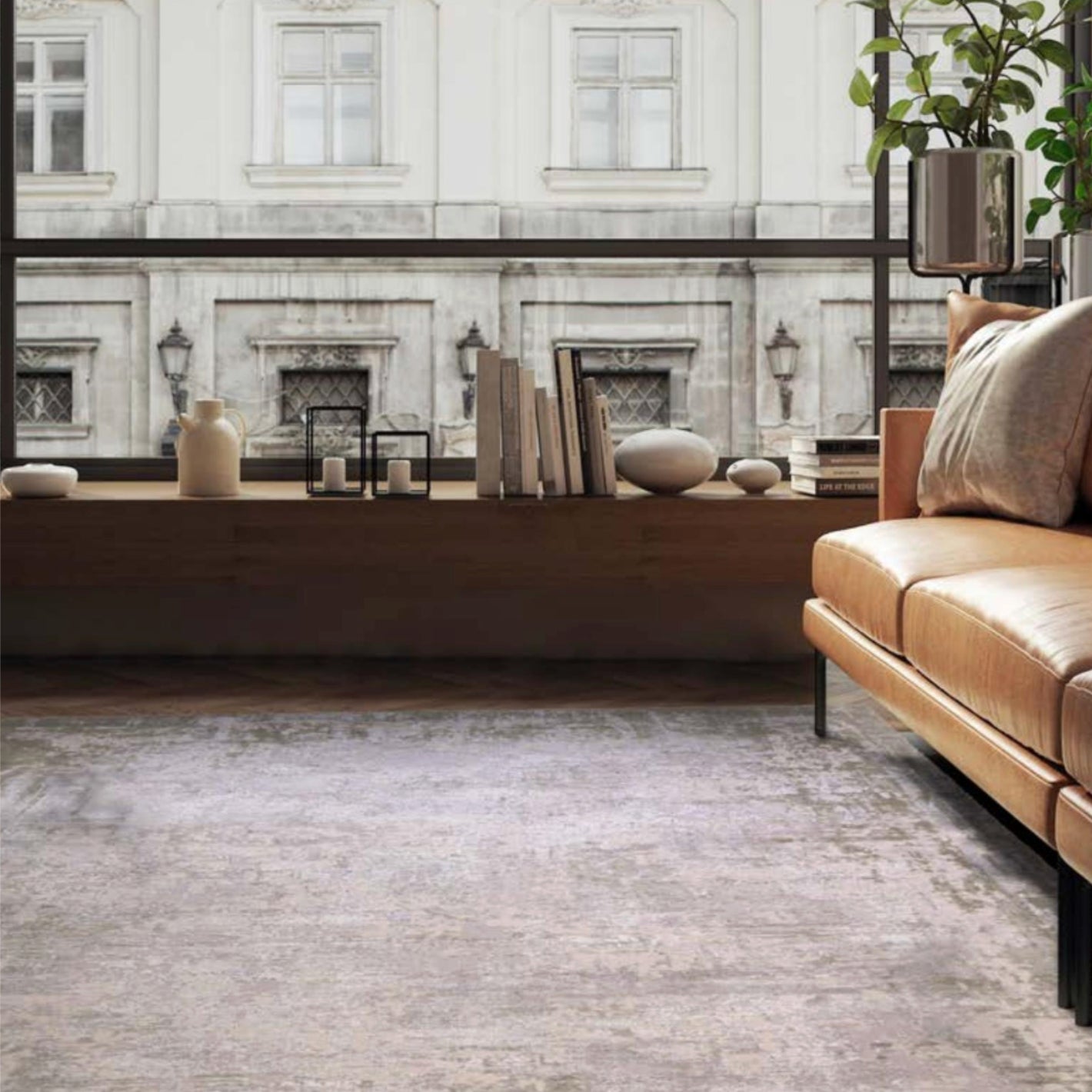Unveiling the Aesthetic Debate: Should Furniture Legs Rest on a Rug?

In interior design, furniture placement is an art form that can significantly impact a space's overall aesthetics. One timeless debate that has perplexed homeowners and designers alike is whether furniture legs should be placed on a rug. This seemingly simple decision can transform a room from mundane to magnificent. In this exploration, we delve into the nuances of this design dilemma, examining the visual, functional, and stylistic considerations that come into play.
The Foundation of Style: Understanding Rug Placement
A Harmonious Haven - The Impact of Rug Size on Room Perception
When contemplating the placement of furniture legs on a rug, the size of the rug becomes a critical factor. A rug that extends beyond the perimeter of the furniture grouping creates a sense of cohesion and unity, enhancing the overall visual appeal of the space. This harmonious approach fosters a welcoming atmosphere and adds an element of luxury to any room.
Defying Boundaries - The Bold Statement of Full Furniture Leg Coverage
For those seeking a bolder design statement, opting for a rug that accommodates the entire furniture ensemble creates a sense of opulence and grandeur. This daring choice visually ties the room together and showcases a deliberate and confident design aesthetic.
The Art of Balance - Furniture Leg Placement for Symmetry
Achieving balance in interior design is an art, and deciding to place furniture legs on a rug can play a pivotal role in this endeavour. Discover how strategic placement can create symmetry, contributing to a visually appealing and well-proportioned room.
Functionality meets Style: Practical Considerations.
A Soft Landing - The Comfort of a Rug underfoot
Beyond aesthetics, a rug beneath furniture serves a practical purpose. Explore how a well-chosen rug can add a layer of comfort, providing a soft and cosy landing for your feet and dampening sound in a room.
Navigating Traffic - Rug Placement for Flow and Functionality
Effective rug placement goes beyond mere visual appeal; it influences the flow and functionality of a space. The strategic positioning of a rug can guide traffic patterns, creating a seamless transition between different areas of a room.
Frequently Asked Questions
Can I Mix and Match Rug Sizes for a Layered Look?
Creating a layered rug effect can add depth and dimension to a room. Expertly mix and match rug sizes to achieve a curated and stylish appearance.
What Materials Are Ideal for Rugs Placed Under Furniture?
Selecting the right rug material is crucial for both durability and comfort. Utilise the various modern materials that stand the test of time and provide a luxurious feel underfoot.
Should Dining Chairs Be Completely on the Rug?
Dining areas present a unique set of challenges. The simple answer is all on or all off if you want to avoid a slightly jarring look.
Can I Place Heavy Furniture on a Rug Without Damaging It?
Concerns about rug durability often arise when heavy furniture is involved. With heavy furniture be prepared for the weight to compact the fibres of the rug.
How Does Rug Colour Affect the Perception of Room Size?
The colour of a rug can significantly impact the perceived size of a room. Bold and heavy patterns can 'shrink' a room, while plain or neutral coloured rugs can help give a greater sense of space.
Conclusion: Where Style Meets Substance
In the eternal debate over whether furniture legs should rest on a rug, the answer ultimately lies in the delicate balance between style and functionality. As we've explored the various aspects of this design decision, one thing becomes clear – the choice is deeply personal. Whether you opt for a harmonious blend or a bold statement, the key is to embrace a design approach that resonates with your unique tastes and preferences. So, should furniture legs be on a rug? The decision is yours to make as you craft a space that reflects your individual style and elevates your home to new heights of sophistication.

